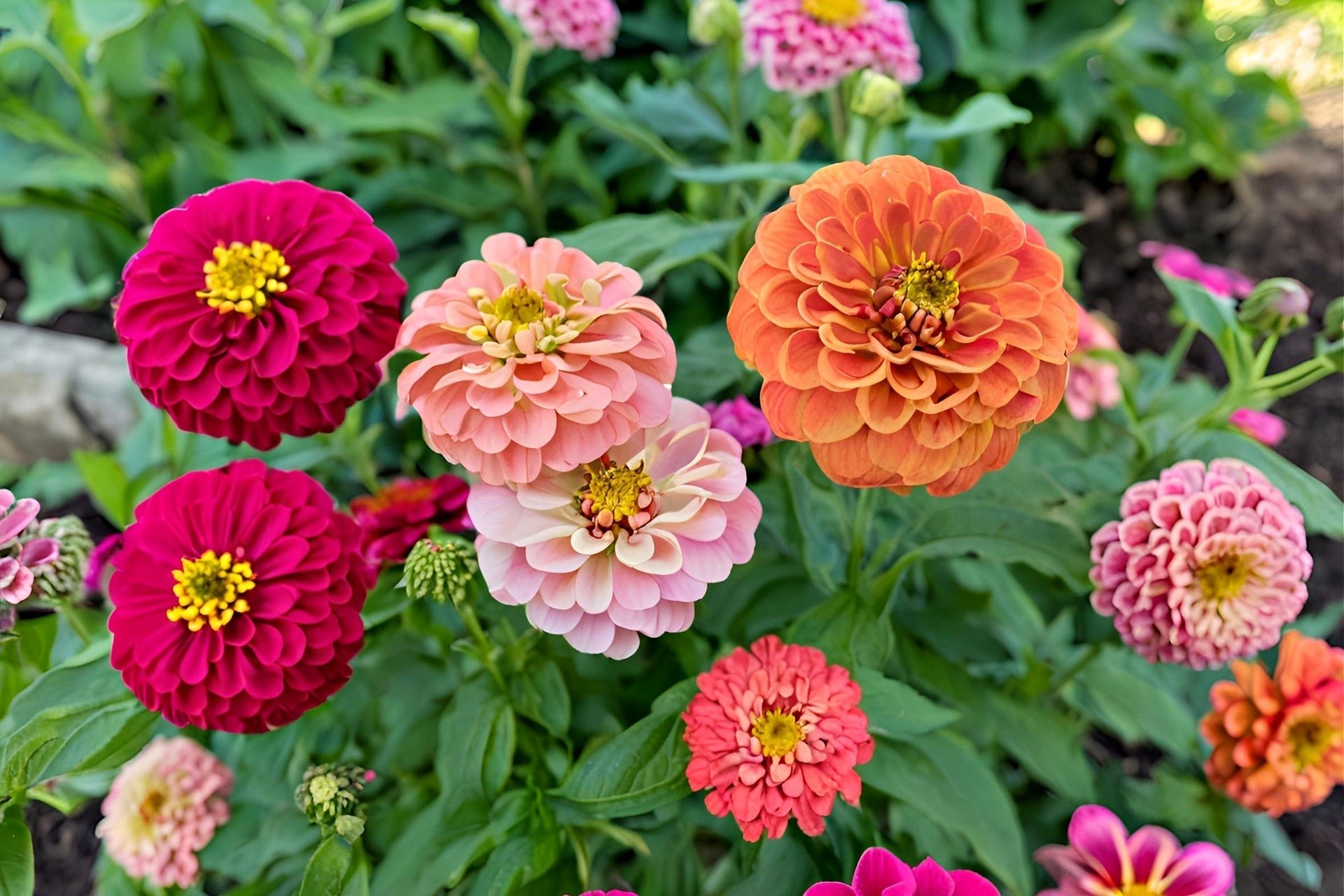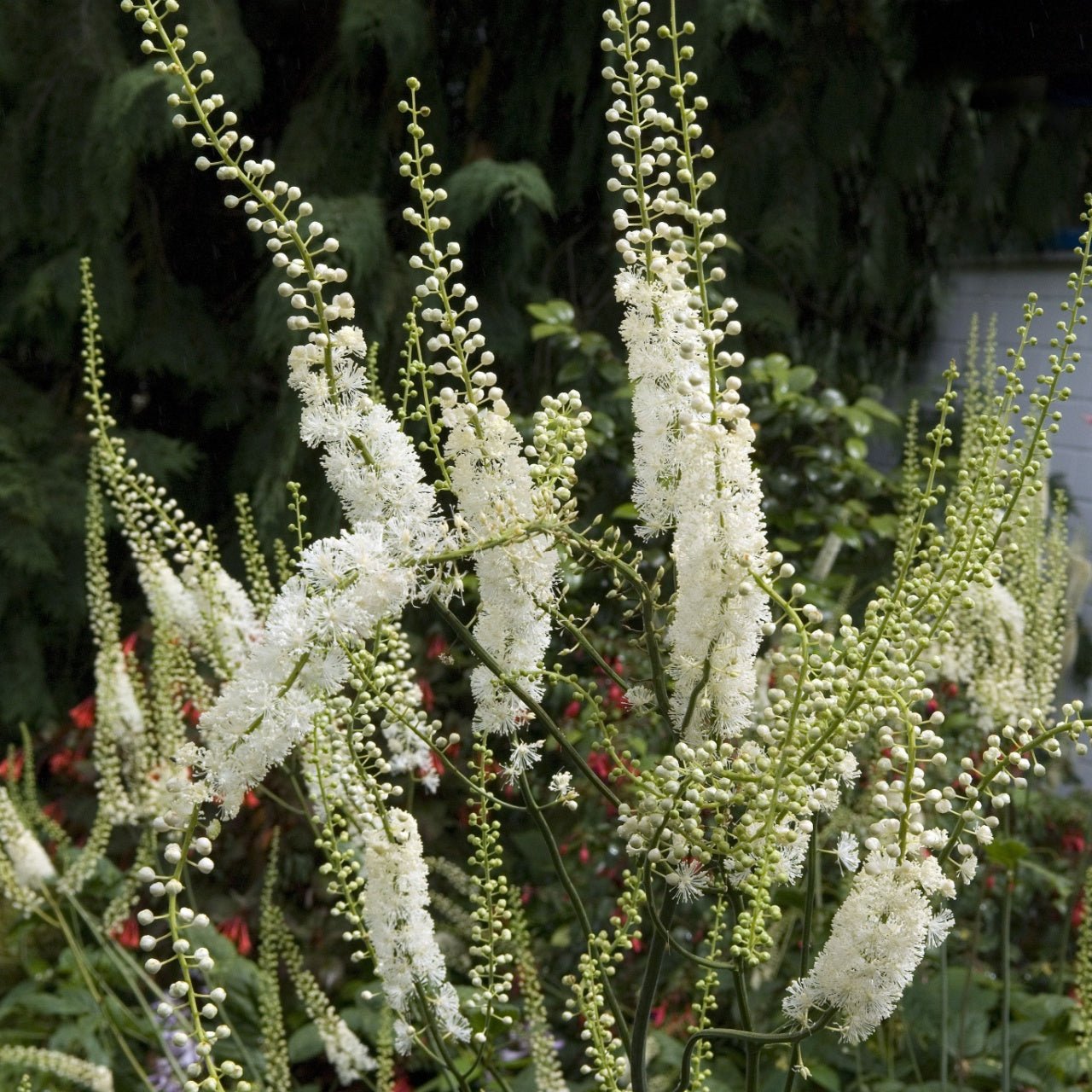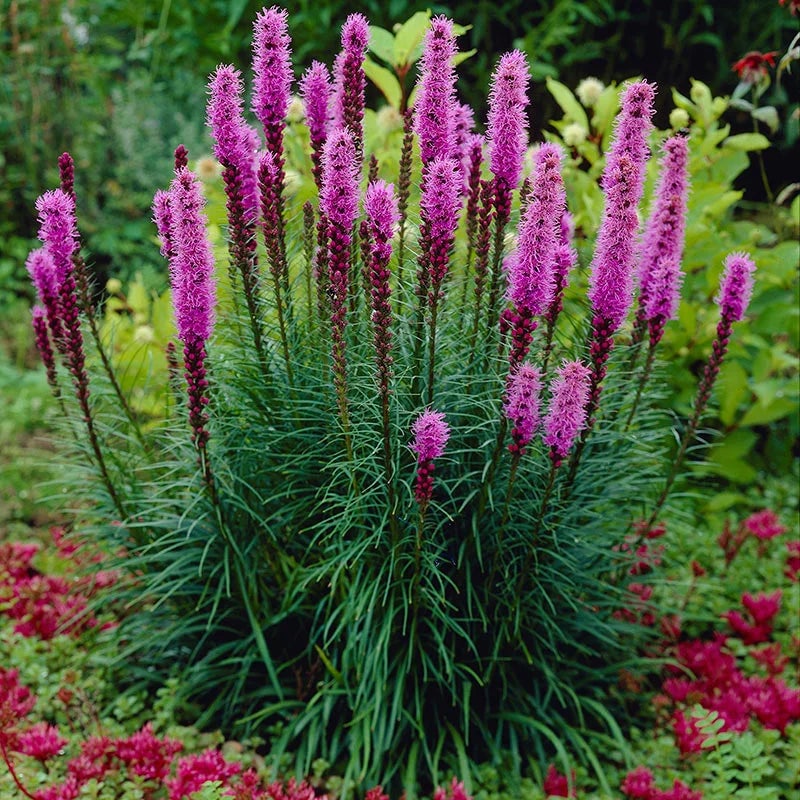When gardeners plan their beds each year, one question always pops up: Are zinnias annuals or perennials? Zinnias serve as essential colorful summer perennials for enhancing borders, plant containers, and pollinator gardens. Are zinnias plants which survive through multiple seasons or will you have to replant them each year? We will examine zinnias growth patterns and maintenance methods alongside native perennial flowers to establish eco-friendly gardens that endure.
Zinnias Are Technically Annuals, but Here’s the Catch
If you’re wondering whether zinnias are annuals or perennials, the short answer is that zinnias are annuals in most climates. Zinnias finish their life cycle within one growing period from germination to seeding and eventual death. Zinnias grow naturally in Mexico and the southwestern United States and flourish in USDA Zones 2-11 as warm-season annuals within hot and sunny environments.
Zinnias act as tender perennials for gardeners living in USDA Zones 10-11. Zinnias located in frost-free areas sometimes manage to reseed themselves or maintain their bloom cycle until winter doesn't kill them. Zinnias in cooler areas tend to scatter seeds when the season ends so that they sprout anew in the spring which creates a false sense of perennial growth. The ability of zinnias to self-seed naturally explains why they are a favorite among gardeners who prefer low-maintenance gardens.
Achieve optimal results by sowing zinnia seeds straight into the garden soil following the final frost of the season. Zinnias require full sun exposure and well-drained soil to flourish but they perform poorly when transplanted. Regular deadheading helps zinnias produce continuous flowers from early summer until frost arrives.
How to Grow Zinnias for Long-Lasting Color
While zinnias are annuals, they may initially seem disheartening, but their overall performance delivers way beyond expectations. Zinnias demonstrate exceptional performance in providing vibrant color while being both drought-tolerant and beneficial for pollinators. Butterflies and bees along with hummingbirds find zinnias particularly appealing. Zinnia elegans flowers come in multiple shades ranging from intense reds to delicate pastels which allows gardeners to use them for any desired color scheme.
You'll achieve optimal results from your zinnia garden by implementing these care guidelines.
Choose a sunny spot. Zinnias grow best with 6-8 full sun hours every day.
Water at the base. Avoid overhead watering to prevent powdery mildew.
Thin seedlings. Space the plants 8-12 inches apart to ensure proper airflow.
Fertilize lightly. Too much nitrogen can reduce blooming.
Harvest regularly. When you cut zinnias for floral arrangements they produce even more flowers.
Numerous gardeners combine zinnias with native plants to extend bloom times while enhancing local ecosystems through pollinator support. You should plant Purple Coneflower (Echinacea purpurea) or Bee Balm (Monarda fistulosa) next to your zinnias. These native perennials return annually to produce nectar for pollinators which continues after the zinnias have finished blooming.
Native Perennials That Complement Zinnias
Gardens stay vibrant and beneficial to the environment throughout the year when zinnias are combined with perennial native flowers since zinnias die after frost in most climates. Native plants need less maintenance and help maintain local biodiversity by supporting beneficial insects and birds.
These native flowers create excellent companions for zinnias in your garden.
The tall perennial Purple Coneflower blooms purple and serves as an ideal plant for pollinators while providing structural support behind shorter zinnias.
Wild Bergamot (Monarda) features lavender-pink blossoms which attract both hummingbirds and bees.
Black Cohosh requires more time to establish but has a stunning effect when paired with zinnias on shaded garden borders.
Blazing Star plants produce tall spiky flowers that appear from midsummer to late summer which draw numerous butterflies.
The bright yellow plumes of goldenrod emerge at the same time zinnias start to fade, which maintains pollinator interest throughout autumn.
Native perennials require a single planting and continue to offer beauty for several years whereas zinnias should be replanted every year to provide quick bursts of color in gardens. The combination creates a visually striking seasonal presentation that provides advantages to both nature and aesthetic appeal.
Final Thoughts
Although zinnias are annuals, their self-seeding nature coupled with their persistent blooms give the impression that they persist throughout the growing season. Zinnias provide vibrant blooms that pollinators enjoy and require minimal maintenance which makes them essential for summer gardens. Native perennial flowers, when combined with zinnias, enhance both the aesthetics and ecological balance of your garden space. Zinnias deserve your attention whether you're creating a pollinator-friendly space or simply love colorful flowers because this annual plant holds perennial appeal.
Read more
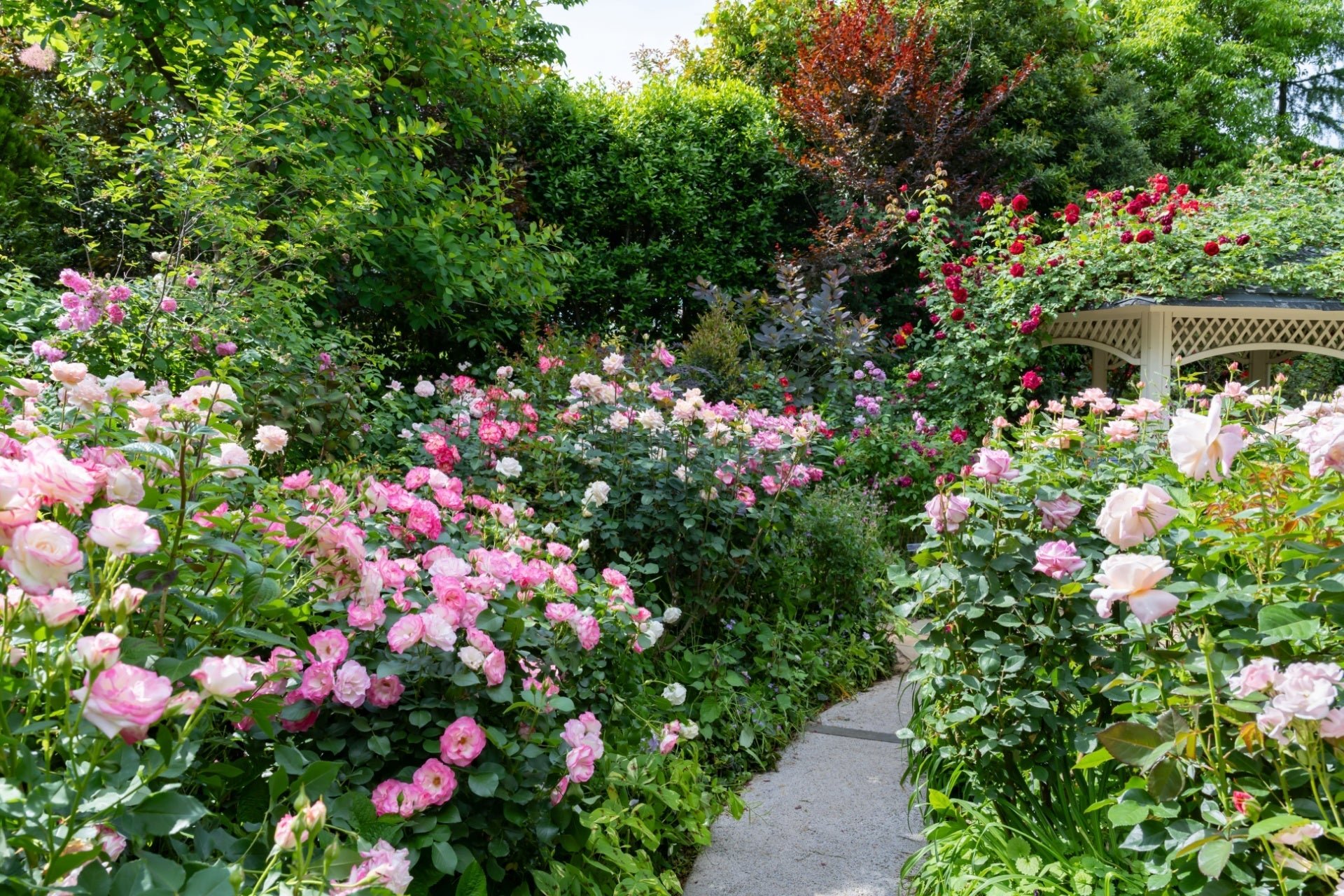
Your low-maintenance full sun perennials will thrive best when planted in well-drained soil and given regular water during their initial growing season. Once established these plants only require r...
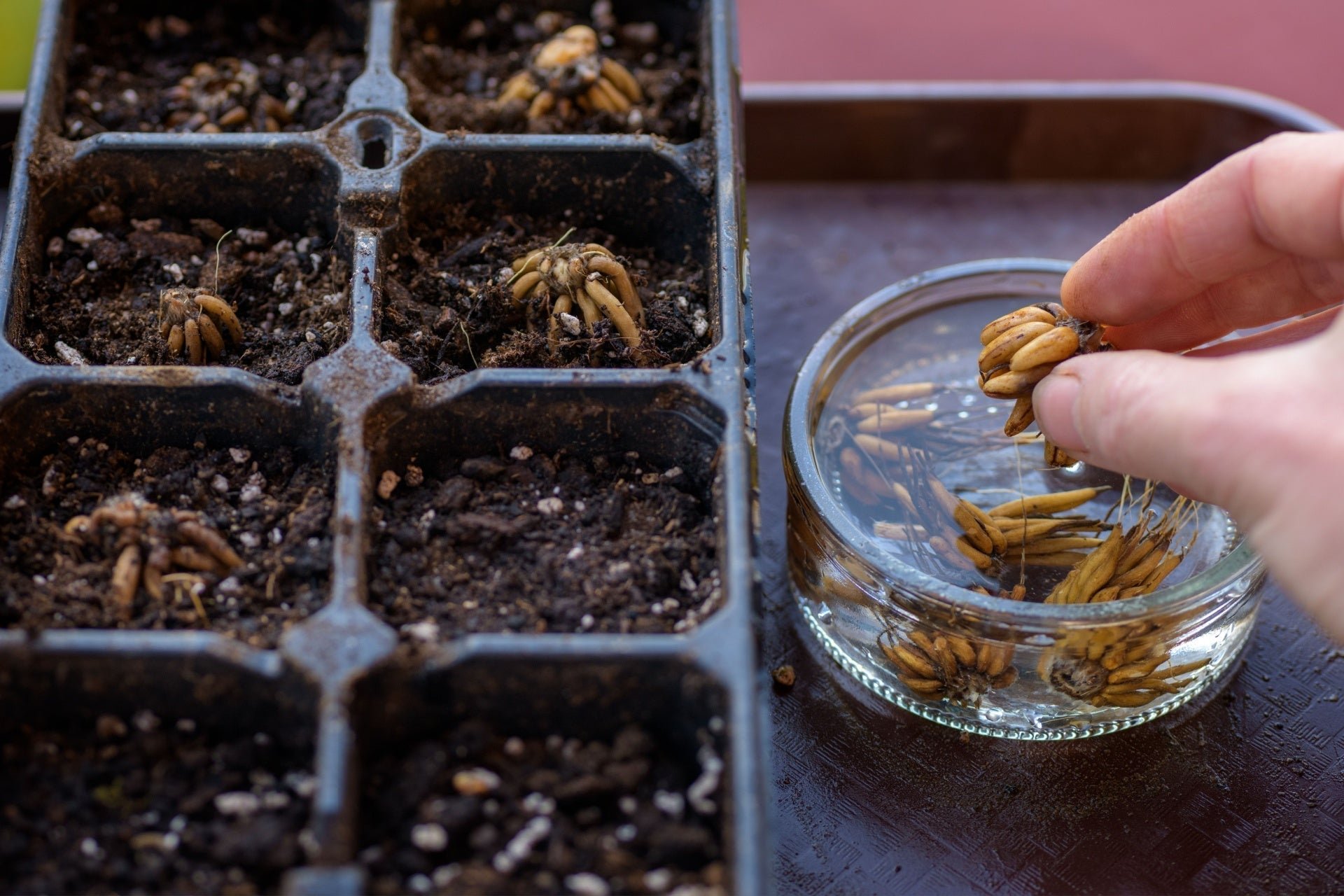
Ranunculus bulbs are a stunning addition to any spring garden, offering rose-like blooms in vibrant colors with minimal care. Best planted in early spring or fall, these cool-weather lovers thrive ...


